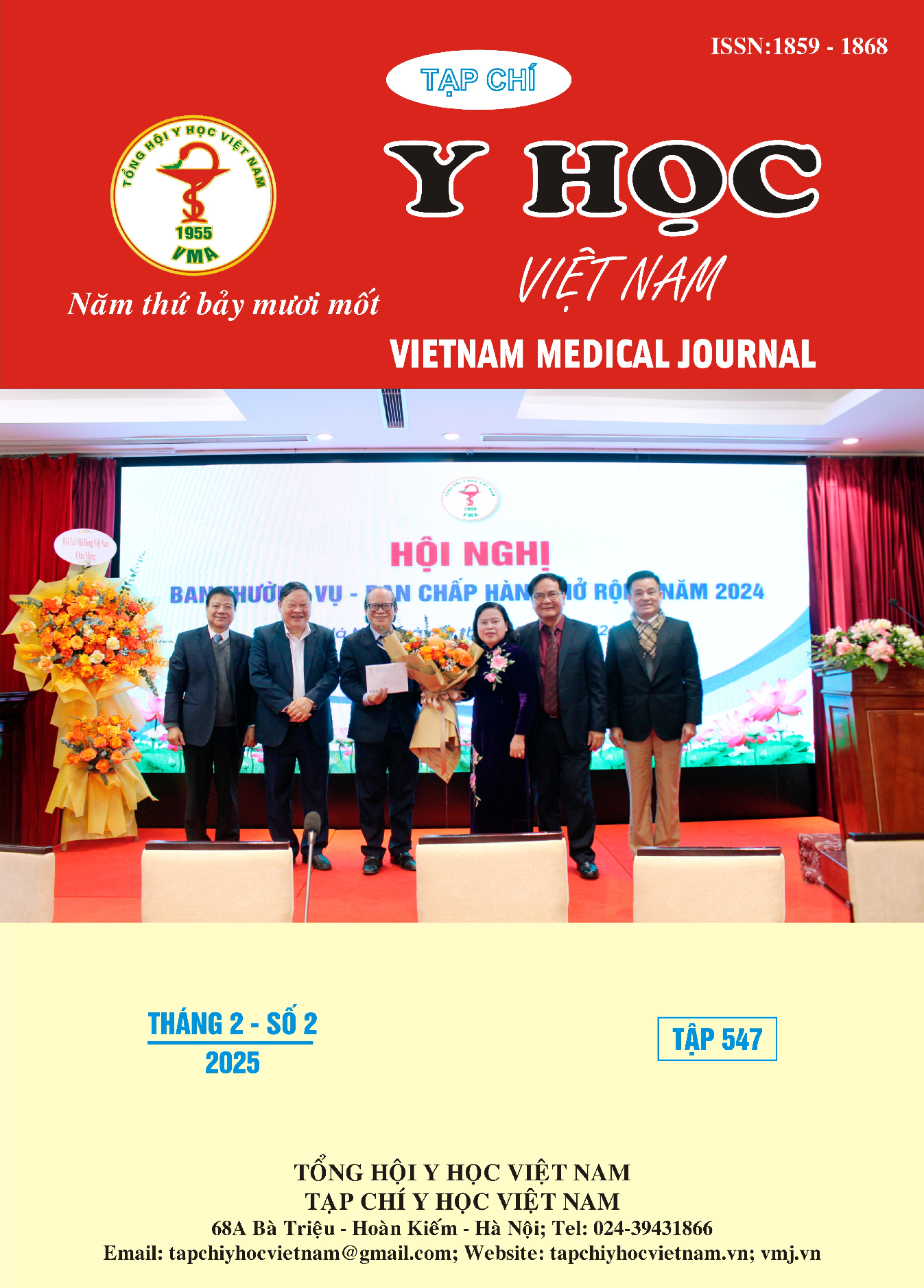COMPARISON OF WORKING LENGTH DETERMINATION IN ENDODONTIC TREATMENT USING DIFFERENT TYPES OF APEX LOCATOR-INTEGRATED ENDODONTIC DEVICES
Main Article Content
Abstract
Introduction: Accurate determination of working length (WL) is a critical factor in the success of endodontic treatment. Inaccuracies in WL measurement can result in inadequate or excessive preparation, ultimately compromising treatment outcomes. Traditionally, radiographic imaging has been widely employed for WL determination; however, it has inherent limitations in accuracy. The advent of electronic apex locators (EALs) has significantly enhanced precision, particularly with the development of endodontic motors integrated with EAL functionality, such as E-ConnectS (China) and VDW Connect Drive (Germany), which are widely utilized in clinical practice. Despite their widespread use, the clinical efficacy of these devices remains a subject of debate, as it is influenced by various factors, including tooth morphology, canal anatomy, and evaluation methodologies. Most prior investigations have relied on radiographic identification of the anatomical apex, whereas a more precise reference point is the apical foramen (AF). This study aims to compare the accuracy of the E-ConnectS and VDW Connect Drive systems in WL determination, utilizing cone-beam computed tomography (CBCT) as a reference standard. Materials and Methods: A randomized clinical trial was conducted at the Faculty of Odonto-Stomatology, University of Medicine and Pharmacy, Ho Chi Minh City, commencing in March 2022. The study population comprised patients 18 years and older with fully developed root apices and preoperative CBCT scans confirming the precise location of the apical foramen. Exclusion criteria included prior endodontic treatment, the presence of metal restorations, and patients with implantable cardiac devices (e.g., pacemakers).
Sample size: 29 teeth from 20 patients, randomly allocated into two experimental groups:
- Group I: Treated with E-ConnectS
- Group II: Treated with VDW Connect Drive
Results: The outcomes of WL determination for both experimental groups were as follows:
- Proportion of clinically acceptable results (WL within 0–1 mm short of AF):
- Group I (E-ConnectS):6%
- Group II (VDW Connect Drive):7%
- No statistically significant difference (p=0.602).
- Mean deviation between the file tip and the apical foramen:
- Group I: -0.48 ± 0.52 mm
- Group II: -0.25 ± 0.73 mm
- No statistically significant difference (p=0.337).
Conclusion: The findings indicate that E-ConnectS and VDW Connect Drive exhibit comparable efficacy in WL determination, with an acceptance rate exceeding 65%. Further investigations with a larger sample size and a comprehensive assessment of anatomical and procedural variables influencing WL accuracy are warranted to refine clinical protocols and optimize endodontic outcomes.
Article Details
References
2. Certosimo FJ, Milos MF, Walker. Endodontic working length determination: where does it end? General dentistry. 1999;47(3):281-6; quiz 287.
3. Koçak S, Koçak MM, Sağlam BC. Efficiency of 2 electronic apex locators on working length determination: A clinical study. Journal of conservative dentistry. 2013;16(3):229.
4. Kishore N, Varma M, Girija SS, Kalyan S, Raheem M, Anitha V. Evaluation of the accuracy of working length determination and automatic apical reverse function accuracy of endodontic rotary motor integrated apex locator: an invitro study. International Journal of Dental Materials. 2020;2(1):1-4.
5. Ali MM, Wigler R, Lin S, Kaufman AY. An ex vivo comparison of working length determination by three electronic root canal length measurement devices integrated into endodontic rotary motors. Clinical oral investigations. 2016; 20(8):2303-2308.


